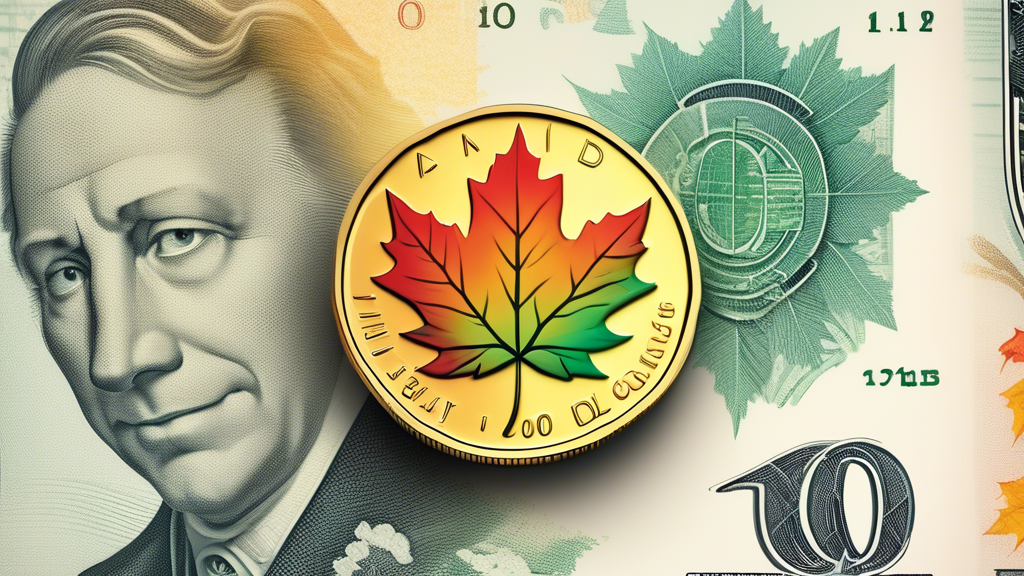Table of Contents Show
Unlocking Canadian Markets: Top ETFs on the TSX for Under $100
Investing in the stock market can seem daunting, especially with the financial commitment it often requires. However, the Canadian stock market offers a surprisingly accessible entry point, even for those with limited capital. Exchange-Traded Funds (ETFs) have revolutionized investing, offering diversified exposure to a basket of assets, all within a single, tradable security. The real game-changer? Many of these ETFs are priced under $100, making them ideal for new investors or those looking to diversify their portfolios affordably.
Why Choose ETFs?
Before diving into the top Canadian ETFs available for under $100, let’s understand why these investment vehicles are gaining immense popularity:
* **Diversification:** ETFs spread your investment across multiple assets, reducing the risk associated with putting all your eggs in one basket.
* **Low Costs:** ETFs typically have lower expense ratios compared to actively managed mutual funds, meaning you keep more of your returns.
* **Flexibility and Liquidity:** Traded like stocks on exchanges, ETFs provide the flexibility to buy or sell throughout the trading day.
* **Transparency:** The underlying holdings of an ETF are readily available, providing transparency into your investment.
Navigating the TSX: Top ETFs Under $100
The Toronto Stock Exchange (TSX) boasts a diverse range of ETFs, catering to various investment goals and risk appetites. Here’s a curated list of top-performing and strategically sound ETFs, all priced below $100, to kickstart your Canadian market journey:
1. Broad Market Exposure
For investors seeking comprehensive coverage of the Canadian market, these ETFs offer a solid foundation:
* **iShares Core S&P/TSX Capped Composite Index ETF (XIC):** This ETF tracks the S&P/TSX Capped Composite Index, encompassing large, mid-sized, and small-cap Canadian companies. XIC provides broad exposure to various sectors, including financials, energy, and materials, making it an ideal core holding for any Canadian portfolio.
* **Vanguard FTSE Canada All Cap Index ETF (VCN):** Another strong contender for broad market exposure, VCN tracks the FTSE Canada All Cap Index, offering a slightly different mix of companies than XIC, with potential for marginally higher growth due to its broader scope.
2. Sector-Specific Opportunities
Targeting specific sectors can be a rewarding strategy, especially if you’re bullish on a particular industry’s growth potential. Here are some noteworthy sector-based ETFs:
* **BMO Equal Weight Banks Index ETF (ZEB):** Canada’s banking sector is renowned for its stability and dividend payments. ZEB offers equal-weight exposure to the Big Six Canadian banks, providing a balanced approach to this crucial sector.
* **iShares S&P/TSX Capped Information Technology Index ETF (XIT):** As technology continues to reshape the global landscape, XIT offers exposure to the burgeoning Canadian tech sector, encompassing software, hardware, and semiconductor companies.
* **Horizons Marijuana Life Sciences Index ETF (HMMJ):** The cannabis industry, while experiencing volatility, presents unique growth opportunities. HMMJ provides targeted exposure to the global marijuana market, including cultivators, biotech companies, and ancillary businesses.
3. Dividend-Focused Income
For income-seeking investors, dividend-paying ETFs can provide a steady stream of passive income:
* **iShares S&P/TSX Canadian Dividend Aristocrats Index ETF (CDZ):** This ETF focuses on Canadian companies with a history of consistent dividend growth. CDZ offers exposure to well-established businesses with robust cash flows and a commitment to rewarding shareholders.
* **BMO Canadian Dividend ETF (ZDV):** ZDV tracks a diversified portfolio of Canadian dividend-paying companies, emphasizing high dividend yield. This ETF is suitable for investors seeking to maximize current income from their investments.
4. ESG Considerations
Environmental, Social, and Governance (ESG) factors are increasingly important to investors who want to align their portfolios with their values. Consider these ESG-focused ETFs:
* **iShares Jantzi Social Index ETF (XEN):** XEN tracks the performance of Canadian companies that meet specific environmental, social, and governance criteria. This ETF is suitable for investors seeking to support businesses committed to sustainability and responsible practices.
* **Desjardins Global Gender Diversity Index ETF (DGEN):** DGEN invests in companies worldwide that champion gender diversity within their leadership teams and corporate practices.
5. International Diversification
Expanding beyond Canadian borders can offer broader market exposure and potentially higher growth opportunities:
* **Vanguard S&P 500 Index ETF (VFV):** This ETF provides exposure to the US stock market by tracking the S&P 500 Index. VFV offers a convenient way to diversify geographically and access some of the world’s largest companies.
* **iShares Core MSCI Emerging Markets IMI Index ETF (XEC):** For investors seeking higher growth potential, XEC offers exposure to emerging markets across Asia, Latin America, and Eastern Europe. However, it’s important to note that emerging markets carry a higher risk profile.
Investing Strategies for Under $100
While investing with a limited budget might seem restrictive, there are smart strategies to maximize your returns:
* **Dollar-Cost Averaging:** Invest a fixed amount at regular intervals, regardless of market fluctuations. This strategy mitigates the risk of buying at market peaks and allows you to take advantage of market dips.
* **Dividend Reinvestment Plans (DRIPs):** Opt for ETFs with DRIPs that automatically reinvest dividend payments into additional shares. This strategy accelerates compounding and grows your investment over time.
* **Building a Diversified Portfolio:** Gradually build a diversified portfolio by adding ETFs from different sectors, asset classes, and geographical regions as your budget allows.
The Importance of Research and Due Diligence
While this article provides a starting point, remember that investing in any ETF requires thorough research. Before making any investment decisions, consider these crucial steps:
* **Understand Your Risk Tolerance:** Determine how much risk you’re comfortable taking. ETFs with exposure to volatile sectors or emerging markets carry a higher risk profile than those tracking stable, established industries.
* **Review ETF Holdings and Performance:** Examine the underlying assets within an ETF and analyze its historical performance. Compare expense ratios and dividend yields to identify the most cost-effective options.
* **Consult a Financial Advisor:** Seek personalized guidance from a qualified financial advisor who can assess your individual financial goals, risk tolerance, and investment timeline to recommend suitable ETF investments.
Conclusion
Investing in Canadian ETFs for under $100 is an attainable and rewarding way to participate in the financial markets. By embracing diversification, conducting thorough research, and adopting sound investment strategies, you can leverage these accessible investment vehicles to build a robust and profitable portfolio over time. Remember, the key to successful investing is not timing the market but time in the market. Start your investment journey today and watch your capital grow.










